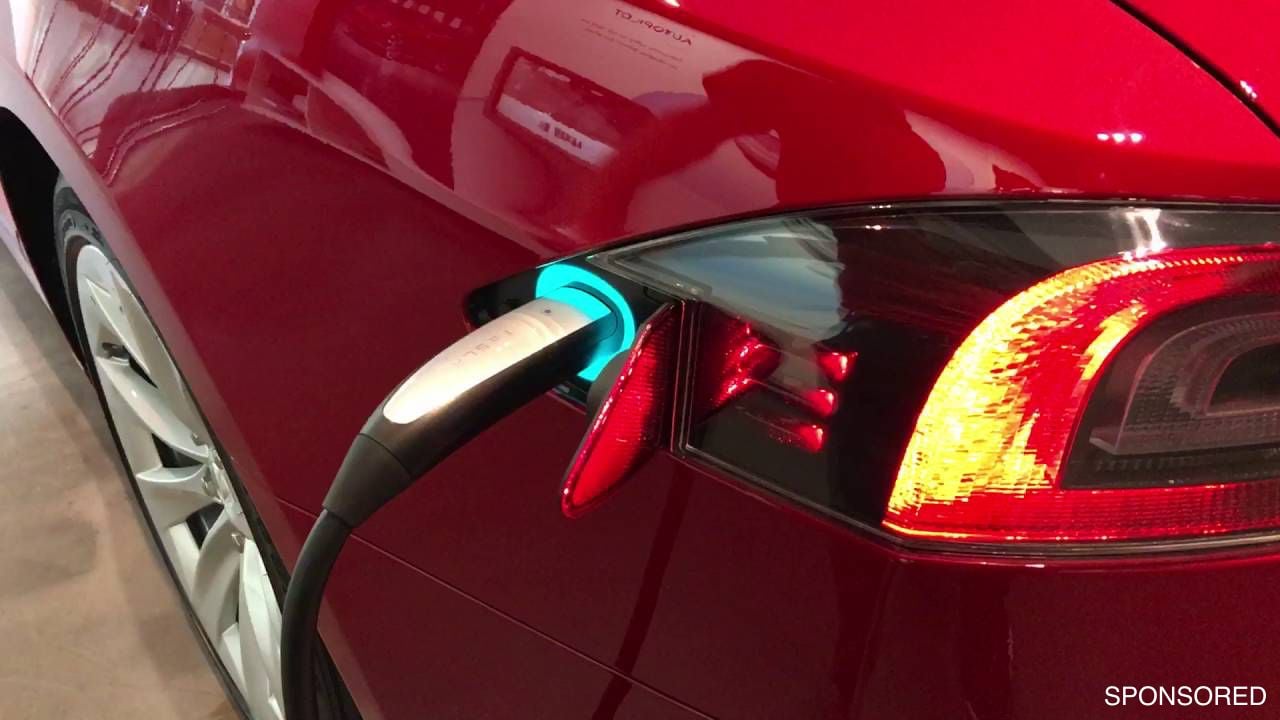Recommended using an LMC "Load Management Controller" to work with the charger when the existing service will be overloaded.
Any comments on LMC (Load Management Controller). Apparently used with multiple EVs, but what about a single residential EV?
I have seen several threads on this type of device. Some models of these are called DCC-9 or DCC-10. They go inline with a certain circuit, like your car charging one in this instance, and they monitor the rest of the use of the house on the main line. And it will decrease or cut off this particular circuit if the rest of the house usage is getting too high and would cause it to go over. Here are some threads about it, including some people who have gotten these installed to fit within smaller or maxed main service:

How to Install EV Home Charging in a Condo with DCC-9 - Tesla Motors Club
EDITOR’S NOTE: This is a sponsored post from EV charging installation specialist DCC. Home charging has many difficulties when it comes to installation in multi-residential homes, but solutions have emerged for the most common issues. Condo charging installations generally get blocked by two...
 teslamotorsclub.com
teslamotorsclub.com
Finally Finished: Model Y Charging in Underground Condo Garage
After 2 months with my Y (and two years previously of another EV), I finally finished my project to install a charger in my underground condo garage. This has been quite a project, from initially proposing the charger to the HOA to getting it installed. Summary: - ~800' total of wire, some...
14-50 in a condo complex
I do have a panel in my individual unit, but it doesn't say how many amps are in it. There are a number of breakers in it. How many miles per hour can a LR model 3 charge on a 14-30? And can I use the plug in Tesla home charger on this instead of hard wiring. I'm not sure if the 14-30 plug and...
Has anyone install a DCC-10 EV Energy Management System with a Tesla Wall Connector?
I am currently trying to install a NEMA 14-50 outlet or possibly a Tesla Wall Connector. However, my sub panel is pretty full and cannot accommodate a NEMA 14-50 outlet. The electrician is recommending installing a DCC-10 EV Energy Management System between the sub panel and the NEMA 14-50...
No need to go to the garage to push a button. You can set it to start at 1:00 AM or something every night, and it will just do it.Do I need to go to the garage every night after everyone is asleep to start to charge. Not acceptable.
I would also reiterate what @jcanoe mentioned about considering a smaller amp circuit. I hate how some people just instinctively keep chanting the mantra of 14-50 14-50 14-50 14-50 14-50 14-50 14-50 14-50 !!!
A 20 or 30 amp circuit that is 240V is still a pretty decent charging speed and may be something that can be worked in easier than a 50 amp.


